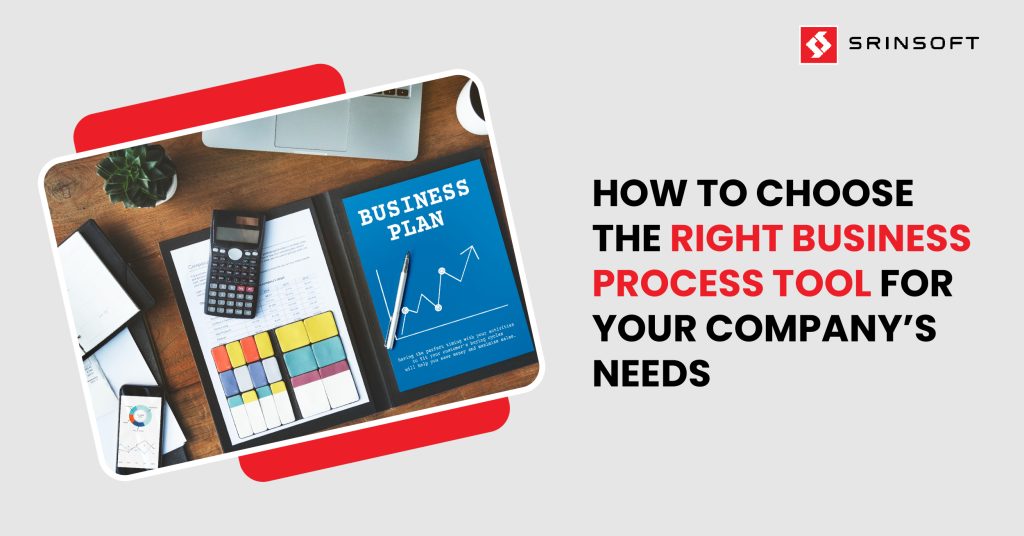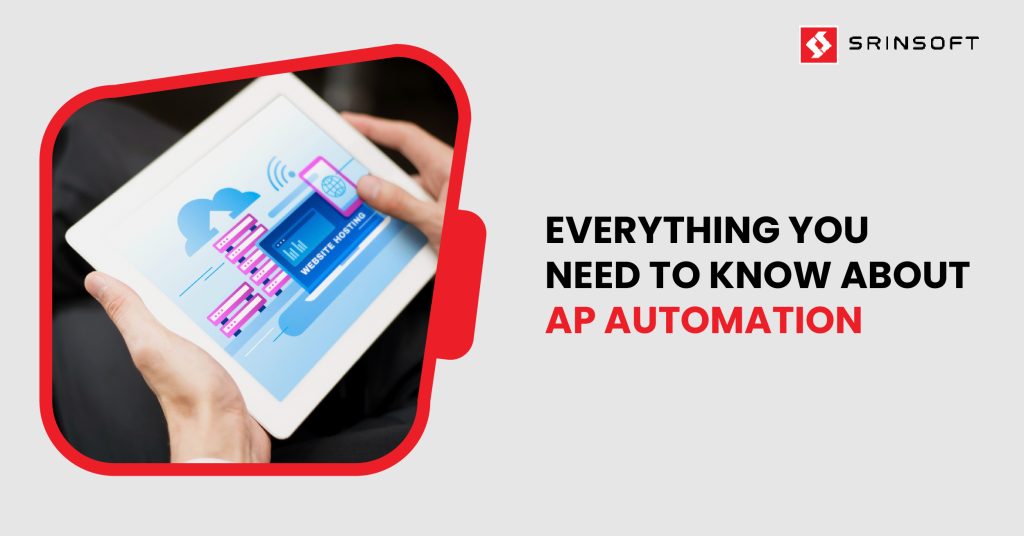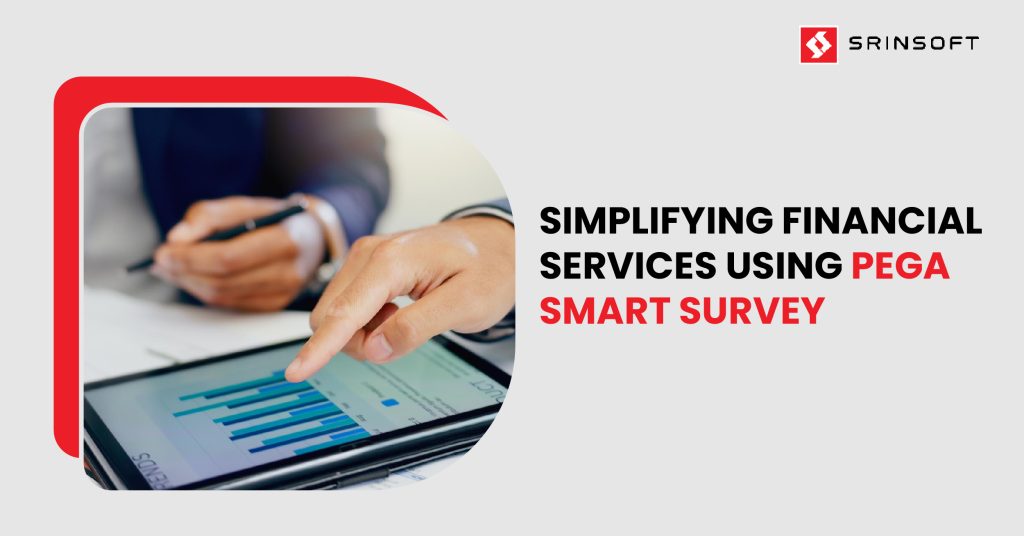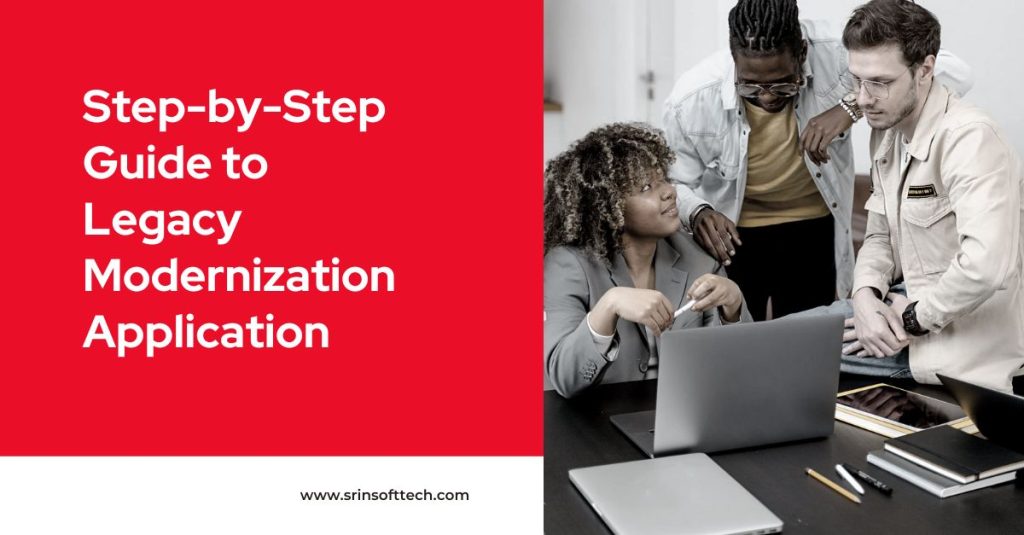
Understanding Business Process tools
Business process (BP) tools are essentially a suite of software which are meant to assist organizations to not only design, model, execute and automate processes.
They form the foundation of Business Process Management (BPM), and allow firms to optimize processes, improve efficiency, and increase performance with the facility to automate workflows and tasks involving various departments.
Key components of BP tools include
- Process mining tools, which help discover and analyze business tasks
- Business Process Modeling Notation (BPMN) for diagramming processes
- Workflow engines to automate task flows
- Business rules engines, which allow non-developers to modify business rules without needing extensive programming knowledge
BP tools can automate workflows like document approval, HR onboarding and triggered communications which reduce dependence on developers.
Given this ability of BP tools to coordinate diverse software and systems, it has become critical for organizations in their digital transformation to achieve operational efficiency along with strategic alignment between processes and organizational goals.
Selecting the Right Fit for Your Organization
The selection of a suitable BP tool for your company is an important step towards streamlining operations. The following are key factors to consider along with some best practices while deciding on an appropriate tool.
Define Your Goals and Problem Statement
First, start thinking why you would want to have a BP tool. Get a sense of the problems in your workflow that need to be addressed, either for straightforward automation or intricate system integration.
Being able to clearly define what goals you want to achieve helps pinpoint important features needed in your BP tool.
Evaluate Usability
User experience is simply the most important factor influencing a successful adoption of BP tools. Try to understand the technical knowledge of your end-users to know what complexity you can bring to the software.
Choose an easy-to-understand, user-friendly tool to lessen the training time and increase user satisfaction. It is important focus on user-friendly features like drag-and-drop interface, pre-built templates etc.
Emphasize Content Management and Collaboration
An effective BP tool enables both collaboration and management of content. It will be a facilitator in improving team effectiveness through its features to quickly share ideas and gather feedback.
Tools that can promote active participation and improvement will contribute to overall business success as they can inculcate a culture of continuous improvement.
Focus on Scalability
Select a BP tool that is scalable and flexible for upcoming business needs. While static tools can help the business comply with regulations, they may limit future growth and often demand technical assistance for updates.
Consider Cost and ROI
Cost is definitely one, if not the most, important factor to consider. However, cost cannot be your only criteria. Look at long-term return on investment (ROI) vs initial upfront cost.
A good BP tool should offer the necessary features where you pay for only what is required and have a good ROI. This enables you to have increased efficiency and productivity within a reasonable time window.
Hosting Options
Depending upon your resources and requirements, choose between software that are on-premise and cloud hosted. Since on-premise solutions are installed within your organization’s server, you have much greater control over it.
On the other hand, cloud-based solutions are usually more cost-effective, scalable and easier to manage since the service provider typically handles most of the management responsibilities.
Critical Features in a Business Process Tool
When choosing the appropriate BP tool for your requirements, it is important to consider some non-negotiable features of the tool. The following are some of those indispensable features of a BP tool.
Process Modeling (Low-code/No-code)
A low-code/no-code process modeling tool allows organizations to model and visualize workflows without needing deep coding expertise, by using a complete suite of capabilities for graphically designing processes.
It allows business users to quickly build, test and change processes without relying completely on IT personnel. This speeds up the delivery of process enhancements makes workflows customizable to suit business requirements.
Integration Capabilities
The capability to integrate with other enterprise systems like ERPs, CRMs and databases is a critical feature that must be considered when choosing the right BP tool.
A robust BP tool should be able to easily integrate with legacy systems and even cloud-based platforms for exchanging data across different departments.
With such a BP tool, end-to-end process continuity is ensured, manual data entry gets reduced and collaboration between functions will be improved.
Automation Capability
Automation in BP tools enable organizations to automate repetitive tasks and reduce human intervention resulting in fewer errors.
A good BPM tool will automate data entry, approvals and notifications so that your processes are more efficient while resources will be made available for important strategic tasks.
With automation, one can reinforce compliance and consistency as well as achieve improved overall efficiency which results in faster decision-making and better productivity throughout business functions.
Real-time Reporting and Analytics
As it is important to know how processes are performing in real-time, a good BP tool should include robust reporting features that provide clear insight into process performance.
Advanced analytics in a BP tool give you visibility into where process bottlenecks and inefficiencies lie, as well areas for improvement. Real-time dashboards help stakeholders to view their KPIs, hence they can catch potential issues early and continuously optimize processes.
Security and Governance
Good BP tools are now equipped with functionalities such as role-based access controls, encryption, audit trails and data privacy settings. In turn, those features assist organizations in reducing their risk and to ensure that only authorized individuals can access certain data or processes.
This helps in effectively governing over process changes and workflow management.
Comparing Top Business Process Tools: A Head-to-Head Analysis
Let us now look at the popular BP tools. The following table offers a quick overview of how each BPM tool stacks up in terms of core features, making it easier for organizations to choose the tool best suited to their unique needs.
| Feature/Tool | PEGA | Creatio | Appian | Mendix | Camunda |
| Primary Focus | BPM and Case Management | Low-code BPM and CRM | Low-code BPM and Workflow Automation | Low-code development and BPM | BPMN-based Workflow Engine |
| Ease of Use | Complex and suited for large-scale implementations | Easy-to-use, low-code platform | User-friendly with intuitive design tools | Highly intuitive, low-code and visual-based | Requires technical expertise for full optimization |
| Customization | Highly customizable, with powerful automation and AI capabilities | Moderate customizability, focused on CRM integrations | Highly customizable for both business users and IT | Highly customizable, allows for custom app development | Highly customizable, for advanced workflow and process automation |
| Integration Capabilities | Excellent integration with enterprise systems | Strong CRM integration, moderate with other systems | Strong integration with major databases and enterprise apps | Supports diverse integration options | Extensive API and service integrations |
| Automation | Advanced AI-driven automation | Moderate, built-in AI and CRM automation | Strong automation capabilities, including AI | Excellent for automating processes and workflows | Process automation with strong support for BPMN standards |
| Real-time Reporting & Analytics | Powerful real-time analytics and AI-driven insights | Strong, built-in reporting with dashboards | Excellent reporting with AI-driven analytics | Robust real-time data analytics | Basic reporting, more customizable with added modules |
| Best Suited For | Large enterprises with complex processes | SMBs and mid-sized enterprises, especially in CRM | Enterprises of all sizes looking for robust, low-code BPM | Businesses needing low-code development and BPM | Enterprises needing open-source BPM solutions |
| Cost | Premium pricing for large enterprises | Mid-tier pricing | Mid to high-tier pricing | Competitive pricing | Open-source and enterprise options |
| Scalability | Highly scalable for large enterprises | Scalable across mid-market to enterprise | Scalable for enterprise-grade solutions | Highly scalable for mid to large enterprises | Scalable with BPMN customization |
| Security Features | Advanced encryption, role-based access | GDPR compliance, role-based access | Enterprise-grade security, encryption | Multi-layered security, access control | Secure by design, role-based security |
| Deployment Options | Cloud, on-premise | Cloud, on-premise, hybrid | Cloud, on-premise, hybrid | Cloud, on-premise, hybrid | Cloud, on-premise |
| Development Speed | Moderate (requires expert users) | Fast (low-code tools) | Fast (low-code, quick iterations) | Very Fast (low-code, rapid prototyping) | Moderate (more developer-oriented) |
Testing and Implementation: Ensuring a Smooth Transition
When choosing the right Business Process Management (BPM) tool, testing and implementation are critical steps to ensure the solution meets the company’s needs.
Guidelines for Testing
Organizations must first do a pilot test with small teams or departments before full-scale deployment. This will provide an opportunity to check the tool for its usability, integration capabilities and real-world performance.
Elements such as workflow automation, accurate reporting, and process modeling should be tested. During testing, it is important to make sure that data flow and interoperability is seamless, and the tool can easily be integrated with other systems like CRM or ERP platform.
It is also worthwhile to ensure that the interface is user-friendly, how well it can handle automates and how customizable it is to meet the requirements of your business processes. After the testing phase, gather feedback from users on where they find pain points or potential areas for improvement.
Guidelines for Implementation
Implementation includes configuring the tool to be in line with business goals, integrating it into existing systems & setting up user roles. Employees need to be adequately trained on how the tool works, walking them through the interface and features. This enables them to use the tool effectively and fosters smooth adoption across the company.
During implementation, ongoing monitoring of the processes and collecting feedback will help to identify problems early on and enable you to optimize the tool.
By reviewing the performance metrics on a regular basis, you can ensure that the tool will assist in optimizing productivity and driving your process management objectives.
Conclusion
It is imperative to choose the appropriate Business Process (BP) tool to not only improve your operational efficiency but also to better manage your processes. SrinSoft has extensive experience and insight in guiding organizations in Business Process Management (BPM) tools.
With expertise in all leading BP tools such as PEGA, Appian, Camunda, and many others, SrinSoft can help your organizations implement the ideal BP tool that can transform your operational landscape.


